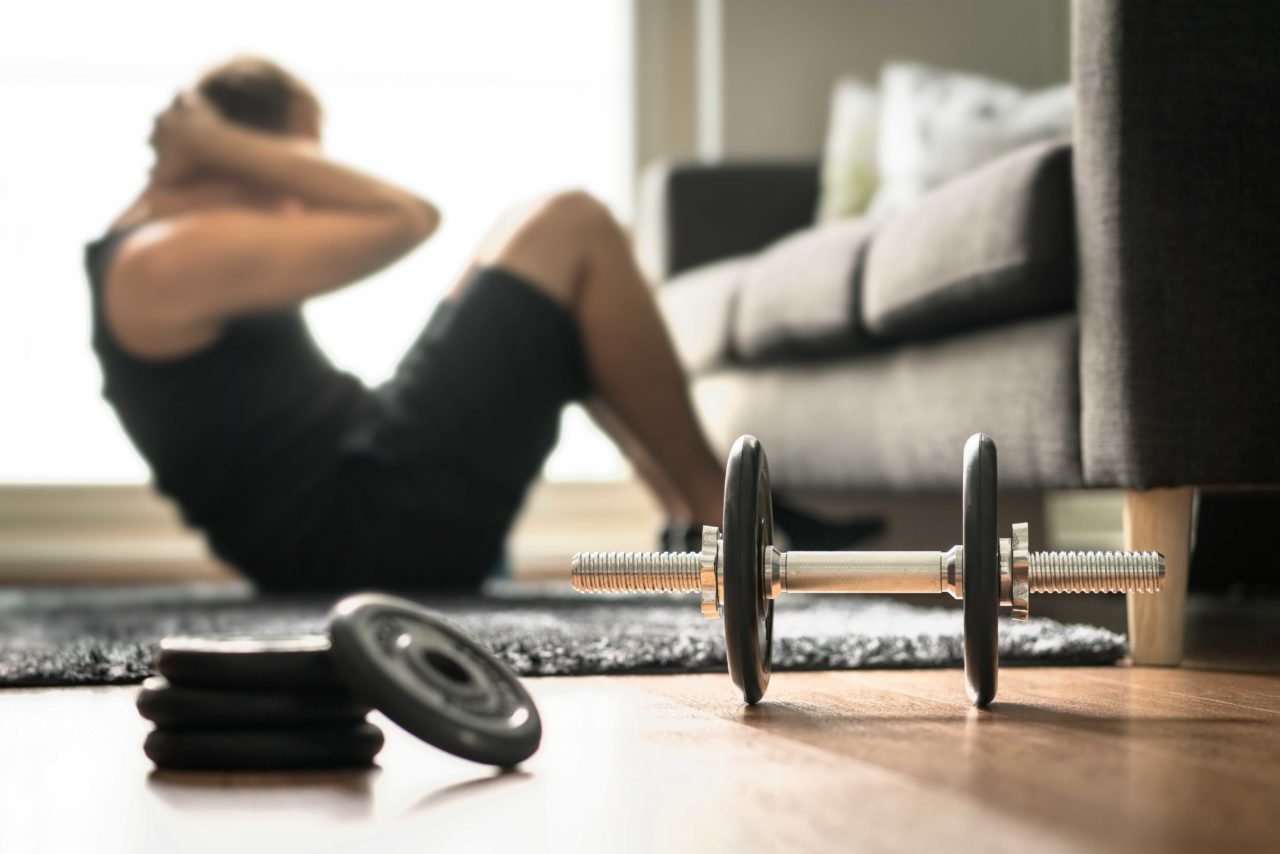
Creative Options for Working Out
With access to commercial gyms being restricted in our current environment, many fitness enthusiasts have resorted to more creative methods of working out. This includes making use of playgrounds and parks, building home gyms, or exploring calisthenics exercise routines.
This surge of creativity is a requirement for resistance training and applying progressive overload to make the exercises more challenging.
This principle of muscle growth still applies whether inside or out of the gym; to increase strength, mass, or making cosmetic changes to your physique requires progressive overload.
Without progressive overload a workout routine becomes stagnant and results often grind to a halt. The common approach for progressing exercises has been through adding weights to the barbell or heavier dumbbells, which can prove effective to a degree.
Progressing workouts without the aid of heavy weights can become a challenge for some, since many weightlifters never applied alternative methods of progression to their workout routine.
The overload principle can be applied to home workouts without weights with fantastic results.

Building Home Workouts with Progressive Overload
Calisthenics and heavy weight exercises compare similarly as they both target anaerobic fatigue, which focuses on the fast-twitch muscle fibers. As these muscles recover and rebuild, it becomes easier to gain strength and grow in size.
These fast-twitch fibers can grow in two different ways: through the muscles’ fiber (myofibrils) and the muscle fluid (sarcoplasm).
Home workouts composed of mainly calisthenics exercises can activate myofibril growth with the use of weighted vests, ankle weights, or backpack work. This is one method of progressive overload that can assist with adding resistance.
Calisthenics exercises really shine in the area of sarcoplasm growth since other techniques can be used.
The main one is cumulative fatigue, which is where the sarcoplasm is targeted as the exercises become more energetically taxing over a time period. Examples of this would be superset exercises that target the same muscle group.
Higher reps can also be incorporated in home workouts very easily, which will lead to muscle sarcoplasm growth with cumulative fatigue. This can be performed by adding more sets to an exercise or keeping higher rep ranges until resistance equipment is used.
Most people also tend to overlook tension time for body weight exercises, which are much more challenging and safer than dumbbell/barbell work at the gym.
Implementing this into a home workout routine involves performing the negative (eccentric) movement of the exercise for 4-6 seconds and the positive (concentric) movement for one second.
Time over tension substitutes the resistance of equipment that would be necessary to build size and strength within the targeted muscle group. Finding alternative ways to fatigue your muscles are key to a successful home workout program.
The Wrap Up
Progressive overload is most important for muscle strength and size growth, which can definitely be achieved without the aid of weights. Time over tension, volume, and superset methods can be applied to get similar results of training in commercial gyms. When working out from home, it’s key to track repetitions, sets, and exercises to incorporate methods of overload to your routine.

Leave a Reply
You must be logged in to post a comment.